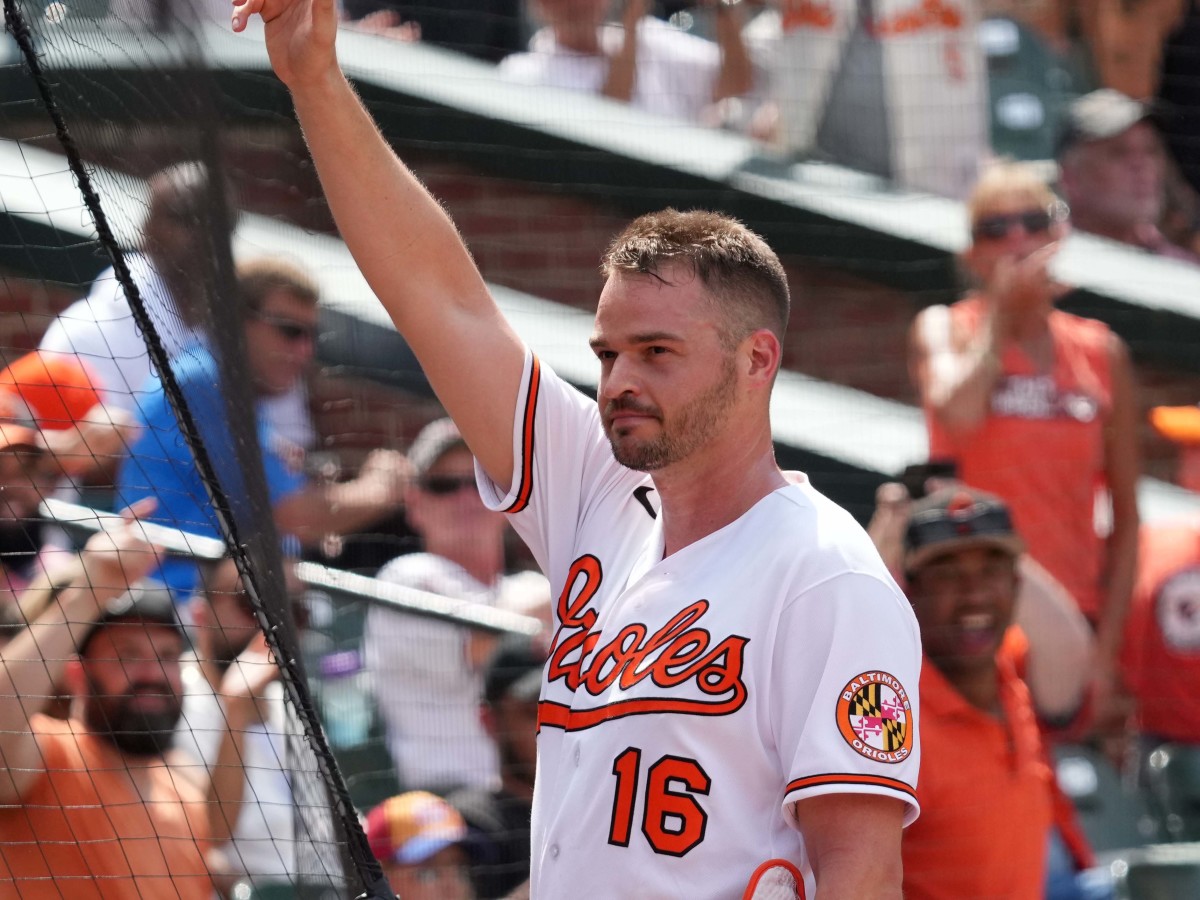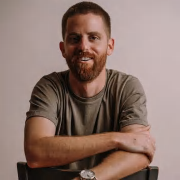Trey Mancini Trade Offers a Cruel Reminder That the Orioles’ Rebuild Isn’t Over Yet
The term “face of the franchise” is an interesting one. What exactly does it mean? Is it the most popular player on the team? The longest-tenured? Or, simply, the best? Can a franchise have more than one face, or is it something that can’t be shared? The answers to these questions might vary from team to team, but it might simply be a case of “you know it when you see it.”
If Trey Mancini wasn’t the face of the Orioles franchise, he certainly was its heart. Drafted by Baltimore in the eighth round in 2013, he debuted in the big leagues in ‘16 and became a regular in ‘17—the first of the club’s current five-year streak of losing seasons. That tenure came to an end with Monday’s three-team trade that sent the 30-year-old Mancini to Houston, ending a chapter of one of the game’s most inspirational stories.
F16HTER. Leader. Inspiration.
— Baltimore Orioles (@Orioles) August 1, 2022
Forever an Oriole.
Thank you for everything, @TreyMancini 🧡 pic.twitter.com/gUTFQvGfOx
Mancini’s journey is, at this point, well known. He missed the entire 2020 season while receiving treatment for colon cancer, a diagnosis only made possible after a team athletic trainer sent him for additional testing following a routine spring training physical. Following surgery to remove a tumor and a lengthy recovery process, he returned on Opening Day of last season, further emboldening himself into the hearts of Orioles fans who had already grown to love him as the longest-tenured and most productive player on a series of rebuilding Baltimore squads that often didn’t provide much to get excited about.

Mancini’s trade is, through any objective lens, a practical one. Though the Orioles are firmly in the mix for a wild-card spot, their relative success this season has certainly come as a surprise and, critically, ahead of schedule. This is a franchise that had lost 108 games or more in each of the past three 162-game seasons, as the front office engineered a complete teardown to reignite its organizational depth. This move is simply a continuation of that larger philosophy, though it certainly stings more than any example that came before it.
Current Orioles are, as first baseman Ryan Mountcastle put it, “pretty upset.” Speaking to reporters after news of the trade was reported, Mancini described his farewell to the team’s training staff as the most difficult for him to deliver: “These are the guys I credit with saving my life two years ago.” That type of perspective makes it pretty difficult to evaluate the move in terms of contention windows and projected future value.
Beyond how Mancini’s story of perseverance has resonated with baseball fans in Baltimore and beyond, his status as the team’s mainstay throughout the depths of this current rebuild was more than enough to make him a beloved figure. To be an Orioles fan for the better part of the last decade meant tuning in for quite a bit of losing on a nightly basis. We’ve seen examples of how front offices can be coldly dismissive of its fan base amid periods of extended losing, treating their loyalty as a given despite making little to no effort in putting an entertaining product on the field. For many, Mancini was likely among the lone reasons to watch an otherwise hapless bunch take the field at Camden Yards, making him an endearing presence years before he became a hero to everyone who’s ever been impacted by a cancer diagnosis.
As Baltimore enters what appear to be more fruitful times, the possibility was there for Mancini to take up a Jose Altuve-esque mantle for the club. Though the two are not the same caliber of player, Altuve was similarly the face of the rebuilding Astros during Houston’s tanking period from 2011 to ‘13—a stretch in which the team averaged 108 losses per year. Altuve debuted at the start of that run, and was the team’s only All-Star representative in ‘11 and ‘14 before helping guide the team back to the postseason in ‘15. Now, the two are teammates in Houston, with Mancini providing the Astros with another quality bat to plug into its already deep lineup.
That the return to Mancini amounted to just two pitchers who have yet to reach Double A makes the trade that much more difficult to swallow for Orioles fans. Perhaps it’s improbable that Baltimore can remain in the playoff hunt for much longer, but the chances were even more remote that the team would be in this position in the first place. Parting ways with Mancini—who will be a free agent this winter—for players who are a long way from helping the big-league club surely dampens any enthusiasm building around the idea that the ‘22 version of the Orioles could put together a special final two months of the season.
There remains a chance, though, that this is not the end of this story. After he’ll almost surely experience the postseason for the first time in his career with Houston, perhaps Mancini would entertain returning to Baltimore in free agency. General manager Mike Elias already expressed interest in a reunion, and it seems reasonable that the feeling would be mutual. If that’s the resolution to all this, then perhaps all of the painful goodbyes of today will be worth it.
For now, though, Orioles fans who have been on cloud nine over the past few months are left to exhale. With rookie catcher Adley Rutschman in tow—and a host of other young, talented players on the horizon—brighter days are ahead for the Orioles. As the dark times of years past drift away into the rearview mirror, though, saying farewell to the player who was there for all of it brings, at least for now, a tinge of melancholy to whatever comes next.
More MLB Trade Deadline Coverage:
• Making Sense of the Puzzling Josh Hader Trade
• Everything You Need to Know Before the MLB Trade Deadline
• Juan Soto Trade Deadline Predictions
• The Weirdest Baseball Trades Ever
• With Luis Castillo Trade, Mariners Are Aiming for October Run
